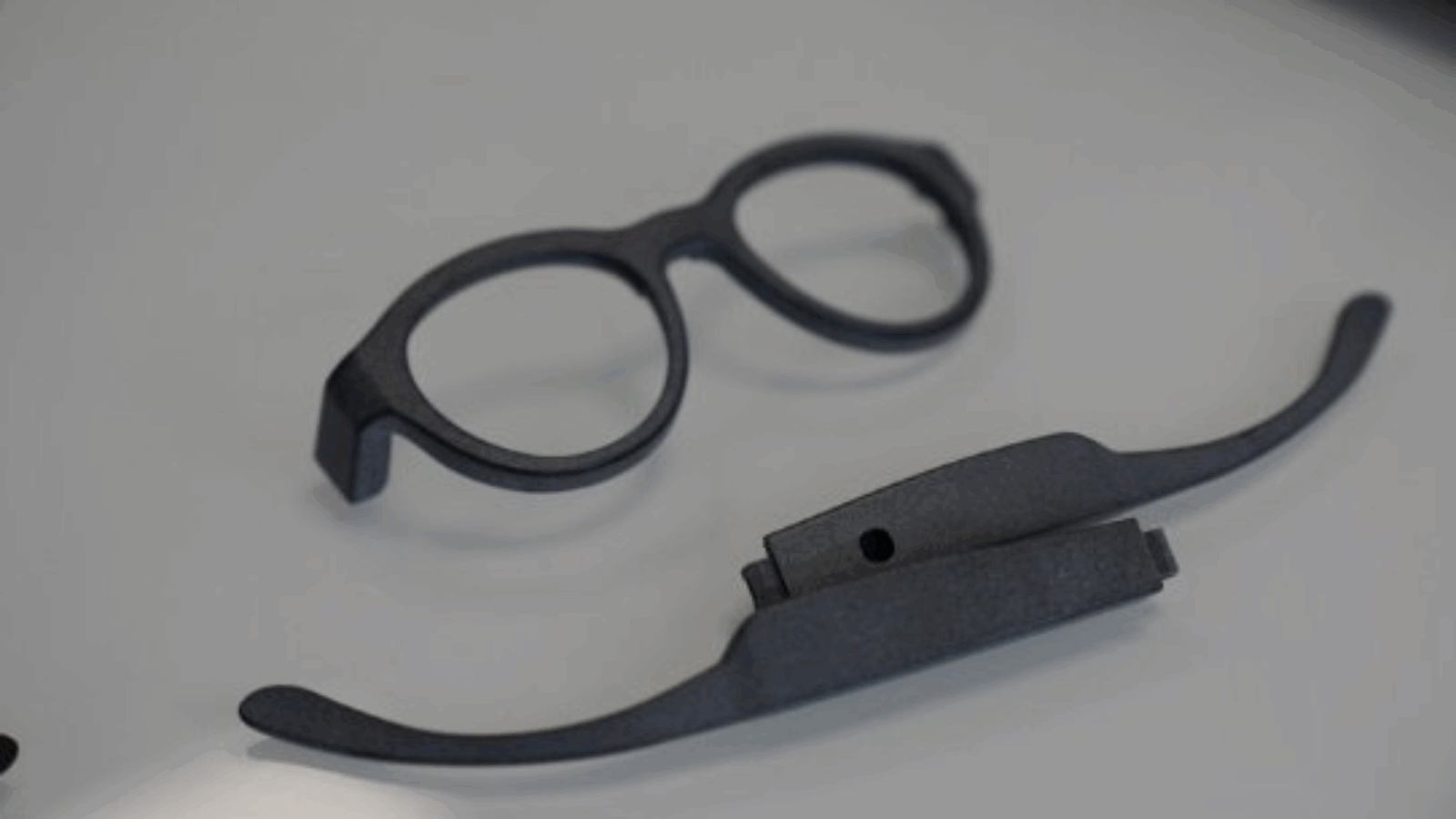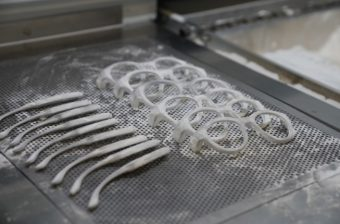Atol les Opticiens, a French optical company, is additively manufacturing glasses with HP’s multi jet fusion technology to provide cost-effective options for dyslexic children. The Lexilens smart glasses bring two trends together: the development of connected solutions designed to improve the lives of people with learning difficulties; and technical advances in additive manufacturing.

Abeye, a start-up company developed by Atol Opticians, invented Lexilens glasses. These electronic glasses make reading easier for dyslexic children by using active and tinted lenses to filter out mirror images that cause reading difficulties. The lenses are activated by pressing a button to trigger the electronic filter system incorporated into the frame. This disruptive operation is based on a fundamental French scientific discovery that links dyslexia with the eyes and the brain. The glasses are simple to use and provide an instant and universal effect, irrespective of which language is spoken. The battery lasts for 25 hours and can be recharged using a USB-C cable.
The Lexilens frame weighs 35 grams and is printed entirely in 3D using HP multi jet fusion technology and then assembled.
Atol and Abeye approached a French pioneer in mass-produced 3D-printed products, Erpro, to bring the Lexilens to full production. The range of Erpro’s 3D manufacturing technologies, the quality and diversity of its post-processing capacity, and above all, its industrial capacity to take on complex and large-scale projects.
Manufacturing on Demand
The pre-production stage consisted of testing the design of the components produced and then optimising the production job (orientation, placement, density optimisation, quality and volume) using Magics CAD/CAM software. The production stage took place on HP multi jet fusion 5200 printers using PA11 material. Once sandblasted, the frames are put through post-processing to smooth part of the frame through a physicochemical process and the other components are tribo-finished and then tinted in specific baths. Optional clip-in lenses for vision correction are available, if required.
Abeye was able to test different prototypes and speedily produce different iterations before choosing the right technology and the right post-processes with support from Erpro and HP resulting in an optimal end product.
The three main criteria that led to Abeye and Atol choosing HP multi jet fusion technology were price competitiveness, together with the solution’s unparalleled accuracy and productivity. AM technology is rapidly emerging as a viable alternative to traditional manufacturing processes. It enables innovative solutions to be developed with a fast time-to-market. Furthermore, it guarantees high quality and repeatability for large volumes of products made to order.
“Additive manufacturing is advantageous because it fulfils an innovative and often critical requirement. It breaks away from traditional manufacturing processes through the use of local and made-to-order production, while preserving the required properties”, said Emilio Juárez, EMEA Sales Director, HP 3D Multi Jet Fusion Business.
Atol les Opticiens and Abeye are currently marketing Lexilens eyewear for children in an effort to give them an inclusive solution as early as possible in their development. A model for adults will be developed in 2021. The glasses have been available since last autumn, from €399 including VAT, exclusively in Atol stores in France.
* This article is reprinted from 3D Printing Media Network. If you are involved in infringement, please contact us to delete it.
Author: Adam Strömbergsson




Leave A Comment